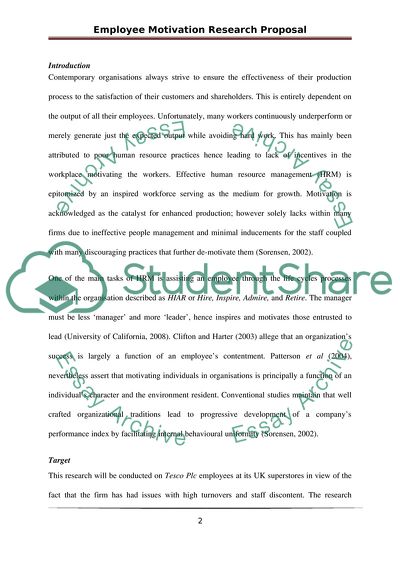Cite this document
(Progressive HRM Strategy Enhances Company's Productivity Thesis, n.d.)
Progressive HRM Strategy Enhances Company's Productivity Thesis. Retrieved from https://studentshare.org/human-resources/1736597-employee-motivation-performance-and-well-being-the-role-of-managerial-support-for-autonomy-competence-and-relatedness-needs
Progressive HRM Strategy Enhances Company's Productivity Thesis. Retrieved from https://studentshare.org/human-resources/1736597-employee-motivation-performance-and-well-being-the-role-of-managerial-support-for-autonomy-competence-and-relatedness-needs
(Progressive HRM Strategy Enhances Company'S Productivity Thesis)
Progressive HRM Strategy Enhances Company'S Productivity Thesis. https://studentshare.org/human-resources/1736597-employee-motivation-performance-and-well-being-the-role-of-managerial-support-for-autonomy-competence-and-relatedness-needs.
Progressive HRM Strategy Enhances Company'S Productivity Thesis. https://studentshare.org/human-resources/1736597-employee-motivation-performance-and-well-being-the-role-of-managerial-support-for-autonomy-competence-and-relatedness-needs.
“Progressive HRM Strategy Enhances Company'S Productivity Thesis”, n.d. https://studentshare.org/human-resources/1736597-employee-motivation-performance-and-well-being-the-role-of-managerial-support-for-autonomy-competence-and-relatedness-needs.


